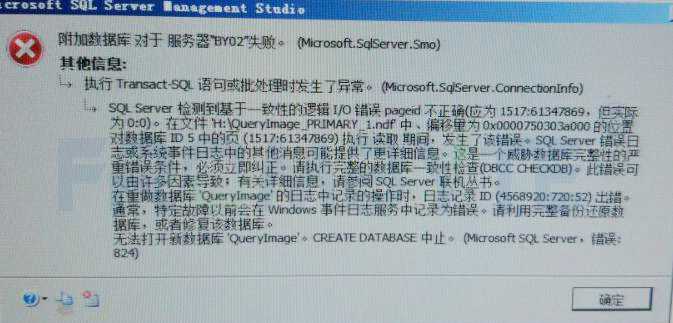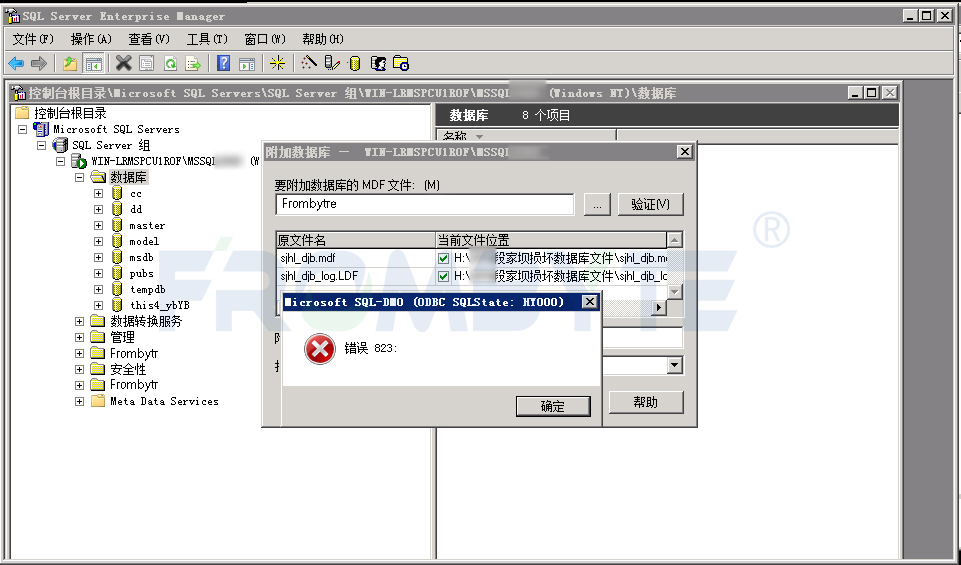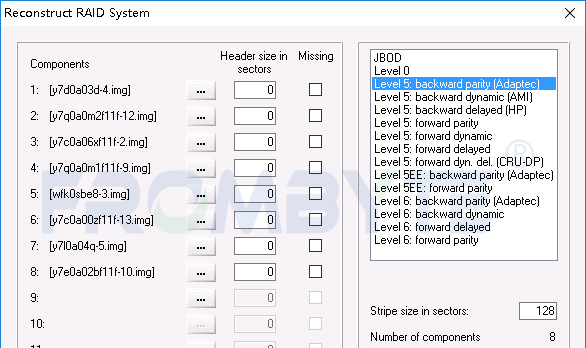在写入数据库的时候需要有锁,比如同时写入数据库的时候会出现丢数据,那么就需要锁机制。
数据锁分为乐观锁和悲观锁
它们使用的场景如下:
乐观锁适用于写少读多的情景,因为这种乐观锁相当于JAVA的CAS,所以多条数据同时过来的时候,不用等待,可以立即进行返回。
悲观锁适用于写多读少的情景,这种情况也相当于JAVA的synchronized,reentrantLock等,大量数据过来的时候,只有一条数据可以被写入,其他的数据需要等待。执行完成后下一条数据可以继续。
他们实现的方式上有所不同。
乐观锁采用版本号的方式,即当前版本号如果对应上了就可以写入数据,如果判断当前版本号不一致,那么就不会更新成功,
比如
update table set column = value
where version=${version} and otherKey = ${otherKey}
悲观锁实现的机制一般是在执行更新语句的时候采用for update方式,
比如
update table set column='value'for update
这种情况where条件呢一定要涉及到数据库对应的索引字段,这样才会是行级锁,否则会是表锁,这样执行速度会变慢。
下面我就弄一个spring boot(springboot 2.1.1 + mysql + lombok + aop + jpa)工程,然后逐渐的实现乐观锁和悲观锁。
假设有一个场景,有一个catalog商品目录表,然后还有一个browse浏览表,假如一个商品被浏览了,那么就需要记录下浏览的user是谁,并且记录访问的总数。
表的结构非常简单:
create table catalog (
id int(11) unsigned NOT NULL AUTO_INCREMENT COMMENT '主键',
name varchar(50) NOT NULL DEFAULT '' COMMENT '商品名称',
browse_count int(11) NOT NULL DEFAULT 0 COMMENT '浏览数',
version int(11) NOT NULL DEFAULT 0 COMMENT '乐观锁,版本号',
PRIMARY KEY(id)
) ENGINE=INNODB DEFAULT CHARSET=utf8;
CREATE table browse (
id int(11) unsigned NOT NULL AUTO_INCREMENT COMMENT '主键',
cata_id int(11) NOT NULL COMMENT '商品ID',
user varchar(50) NOT NULL DEFAULT '' COMMENT '',
create_time timestamp NOT NULL DEFAULT CURRENT_TIMESTAMP ON UPDATE CURRENT_TIMESTAMP COMMENT '创建时间',
PRIMARY KEY(id)
) ENGINE=INNODB DEFAULT CHARSET=utf8;
POM.XML的依赖如下:
xsi:schemaLocation="http://maven.apache.org/POM/4.0.0 http://maven.apache.org/xsd/maven-4.0.0.xsd">
项目的结构如下:
介绍一下项目的结构的内容:
entity包: 实体类包。
repository包:数据库repository
service包: 提供服务的service
controller包: 控制器写入用于编写requestMapping。相关请求的入口类
annotation包: 自定义注解,用于重试。
aspect包: 用于对自定义注解进行切面。
DblockApplication: springboot的启动类。
DblockApplicationTests: 测试类。
咱们看一下核心代码的实现,参考如下,使用dataJpa非常方便,集成了CrudRepository就可以实现简单的CRUD,非常方便,有兴趣的同学可以自行研究。
实现乐观锁的方式有两种:
1、更新的时候将version字段传过来,然后更新的时候就可以进行version判断,如果version可以匹配上,那么就可以更新(方法:updateCatalogWithVersion)。
2、在实体类上的version字段上加入version,可以不用自己写SQL语句就可以它就可以自行的按照version匹配和更新,是不是很简单。
publicinterfaceCatalogRepositoryextendsCrudRepository
@Query(value = "select * from Catalog a where a.id = :id for update", nativeQuery = true)
Optional
@Lock(value = LockModeType.PESSIMISTIC_WRITE) //代表行级锁
@Query("select a from Catalog a where a.id = :id")
Optional
@Modifying(clearAutomatically = true) //修改时需要带上
@Query(value = "update Catalog set browse_count = :browseCount, version = version + 1 where id = :id " +
"and version = :version", nativeQuery = true)
int updateCatalogWithVersion(@Param("id") Long id, @Param("browseCount") Long browseCount, @Param("version") Long version);
}
实现悲观锁的时候也有两种方式:
1、自行写原生SQL,然后写上for update语句。(方法:findCatalogsForUpdate)
2、使用@Lock注解,并且设置值为LockModeType.PESSIMISTIC_WRITE即可代表行级锁。
还有我写的测试类,方便大家进行测试:
package com.hqs.dblock;
import org.junit.Test;
import org.junit.runner.RunWith;
import org.springframework.beans.factory.annotation.Autowired;
import org.springframework.boot.test.context.SpringBootTest;
import org.springframework.boot.test.web.client.TestRestTemplate;
import org.springframework.test.context.junit4.SpringRunner;
import org.springframework.util.LinkedMultiValueMap;
import org.springframework.util.MultiValueMap;
@RunWith(SpringRunner.class)
@SpringBootTest(classes = DblockApplication.class, webEnvironment = SpringBootTest.WebEnvironment.RANDOM_PORT)
publicclassDblockApplicationTests {
@Autowired
privateTestRestTemplate testRestTemplate;
@Test
publicvoid browseCatalogTest() {
String url = "http://localhost:8888/catalog";
for(int i = 0; i < 100; i++) {
finalint num = i;
newThread(() -> {
MultiValueMap
params.add("catalogId", "1");
params.add("user", "user" + num);
String result = testRestTemplate.postForObject(url, params, String.class);
System.out.println("-------------" + result);
}
).start();
}
}
@Test
publicvoid browseCatalogTestRetry() {
String url = "http://localhost:8888/catalogRetry";
for(int i = 0; i < 100; i++) {
finalint num = i;
newThread(() -> {
MultiValueMap
params.add("catalogId", "1");
params.add("user", "user" + num);
String result = testRestTemplate.postForObject(url, params, String.class);
System.out.println("-------------" + result);
}
).start();
}
}
}
调用100次,即一个商品可以浏览一百次,采用悲观锁,catalog表的数据都是100,并且browse表也是100条记录。采用乐观锁的时候,因为版本号的匹配关系,那么会有一些记录丢失,但是这两个表的数据是可以对应上的。
乐观锁失败后会抛出ObjectOptimisticLockingFailureException,那么我们就针对这块考虑一下重试,下面我就自定义了一个注解,用于做切面。
package com.hqs.dblock.annotation;
import java.lang.annotation.ElementType;
import java.lang.annotation.Retention;
import java.lang.annotation.RetentionPolicy;
import java.lang.annotation.Target;
@Target(ElementType.METHOD)
@Retention(RetentionPolicy.RUNTIME)
public@interfaceRetryOnFailure {
}
针对注解进行切面,见如下代码。我设置了最大重试次数5,然后超过5次后就不再重试。
package com.hqs.dblock.aspect;
import lombok.extern.slf4j.Slf4j;
import org.aspectj.lang.ProceedingJoinPoint;
import org.aspectj.lang.annotation.Around;
import org.aspectj.lang.annotation.Aspect;
import org.aspectj.lang.annotation.Pointcut;
import org.hibernate.StaleObjectStateException;
import org.springframework.orm.ObjectOptimisticLockingFailureException;
import org.springframework.stereotype.Component;
@Slf4j
@Aspect
@Component
publicclassRetryAspect {
publicstaticfinalint MAX_RETRY_TIMES = 5;//max retry times
@Pointcut("@annotation(com.hqs.dblock.annotation.RetryOnFailure)") //self-defined pointcount for RetryOnFailure
publicvoid retryOnFailure(){}
@Around("retryOnFailure()") //around can be execute before and after the point
publicObject doConcurrentOperation(ProceedingJoinPoint pjp) throwsThrowable {
int attempts = 0;
do {
attempts++;
try {
pjp.proceed();
} catch (Exception e) {
if(e instanceofObjectOptimisticLockingFailureException ||
e instanceofStaleObjectStateException) {
log.info("retrying....times:{}", attempts);
if(attempts > MAX_RETRY_TIMES) {
log.info("retry excceed the max times..");
throw e;
}
}
}
} while (attempts < MAX_RETRY_TIMES);
returnnull;
}
}
-
数据库
+关注
关注
7文章
3794浏览量
64362
原文标题:聊聊数据库乐观锁和悲观锁
文章出处:【微信号:DBDevs,微信公众号:数据分析与开发】欢迎添加关注!文章转载请注明出处。
发布评论请先 登录
相关推荐
数据库数据恢复—MYSQL数据库ibdata1文件损坏的数据恢复案例
多维表格数据库Teable的适用场景?
数据库数据恢复—通过拼接数据库碎片恢复SQLserver数据库

Oracle数据恢复—异常断电后Oracle数据库启库报错的数据恢复案例

数据库数据恢复—SQL Server数据库出现823错误的数据恢复案例

恒讯科技分析:云数据库rds和redis区别是什么如何选择?
锁存器电路中的中间是什么元件
数据库数据恢复—SQL Server数据库所在分区空间不足报错的数据恢复案例
互斥锁和自旋锁的实现原理
自旋锁和互斥锁的使用场景是什么
数据库数据恢复—raid5阵列上层Sql Server数据库数据恢复案例





 数据库的乐观锁和悲观锁的使用场景
数据库的乐观锁和悲观锁的使用场景












评论